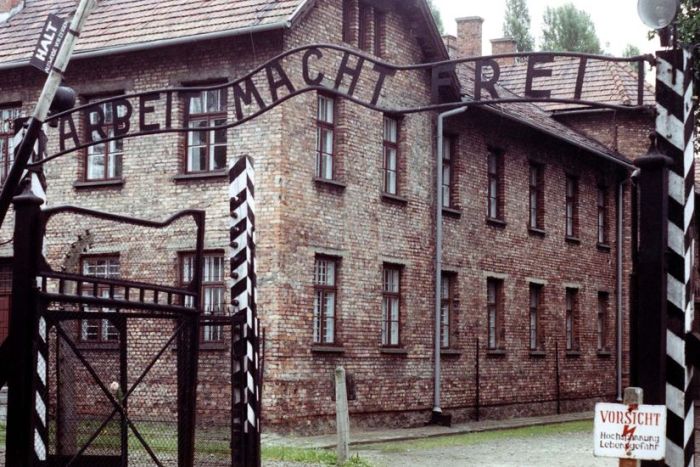Seventy-two years ago, as Soviet army forces pushed westwards through Poland and on to Berlin, they traversed regions destroyed by retreating German Nazis. In village after village, they witnessed the appalling aftermath of the brutality Nazis had inflicted on men, women and children.
And then, on 27 January 1945, the Russians arrived at the gates of Auschwitz and Birkenau.
What confronted them was evil on a catastrophic scale. Here, in the freezing mud and filth of the massive Auschwitz complex, were a few thousand Jewish and Roma prisoners, barely alive.
Of more than 1.3 million Jewish, Roma, Polish and Soviet people whom the Nazis transported to Auschwitz between 1940 and 1944, at least 1.1 million were killed – most, in the hours and days after they arrived.
British forces were confronted by similar, unspeakable scenes when they arrived at Bergen-Belsen, as were United States troops when they got to Buchenwald and Dachau.
Yet, the persecution of the Jews had not been a secret anywhere in Europe. It had been the ruling Nazi Party’s very clear policy for more than a decade. It was enacted by stripping Jews of their citizenship, their cultural identity, their places of worship, by isolating them in ghettos, starving them into submission, and by murdering them en masse.
Read the editorial in The Age and The Sydney Morning Herald.

